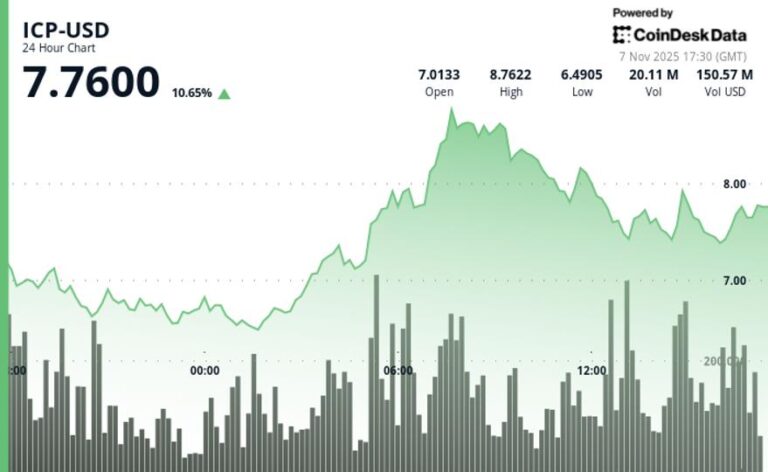Understanding LINK and Its Importance
LINK is the native cryptocurrency of Chainlink, a decentralized oracle network that provides real-world data to smart contracts on the blockchain. It plays a crucial role in ensuring that blockchain applications can interact with external data sources in a secure and reliable manner. As blockchain technology continues to evolve, the integration of LINK into projects can enhance their functionality and broaden their use cases, making it an essential consideration for developers and project managers.
Assessing Your Project’s Needs
Before integrating LINK into your blockchain project, it is essential to assess the specific needs of your application. Identify whether your project requires external data feeds, such as price feeds, weather data, or other real-world information. Understanding the data requirements will guide you in determining how LINK can be utilized effectively. For instance, if your project involves decentralized finance (DeFi), integrating price oracles powered by Chainlink can help ensure that your smart contracts operate with accurate and up-to-date information.
Setting Up Your Development Environment
To integrate LINK into your blockchain project, you need to set up a suitable development environment. This typically involves choosing a blockchain platform such as Ethereum, Binance Smart Chain, or another compatible network. Install the necessary tools, including a local blockchain environment like Ganache, and a development framework such as Truffle or Hardhat. Ensure that you have access to the Chainlink documentation, which provides essential guidelines and examples for integration.
Integrating Chainlink Oracles
Once your development environment is set up, the next step is to integrate Chainlink oracles into your smart contracts. This process involves importing the Chainlink contracts and defining the necessary functions to request and receive data. You will need to specify the data sources, known as “oracles,” and how often you want to fetch the data. Chainlink provides various pre-built oracles for different data types, making it easier to connect your smart contracts to the external world.
Handling LINK Token Transactions
To use Chainlink oracles, you must handle LINK token transactions within your smart contracts. This involves writing functions that facilitate the payment of LINK tokens to oracle providers for their services. Ensure that your smart contract has the necessary LINK balance to make these payments. You can acquire LINK tokens from various exchanges or through direct transactions. It is essential to implement appropriate error handling to manage situations where the oracle might not return the expected data.
Testing Your Integration
Thorough testing is crucial before deploying your project on the mainnet. Use test networks like Rinkeby or Kovan to simulate LINK integration without incurring real costs. Test various scenarios, such as successful data retrieval and error handling, to ensure that your smart contracts respond as expected. Utilize tools such as Remix or Truffle for debugging and validating your smart contracts during this phase.
Deployment and Monitoring
After successful testing, you can deploy your project to the mainnet. Monitor the performance of your integration closely, especially in the initial stages. Use analytics tools to track data requests and responses, ensuring that your application remains responsive and reliable. Additionally, stay updated with Chainlink’s developments, as they frequently release updates and enhancements that could benefit your project.
Community Engagement and Future Enhancements
Engaging with the Chainlink community can provide valuable insights and support as you integrate LINK into your blockchain project. Participate in forums, attend webinars, and explore collaboration opportunities with other developers. As your project evolves, consider potential enhancements that can further leverage Chainlink’s capabilities, such as additional data sources or expanding your project’s reach.
In conclusion, integrating LINK into your blockchain project can significantly enhance its functionality and value. By following the outlined steps, from assessing your project’s needs to engaging with the community, you can ensure a successful integration that meets the demands of your users and the broader blockchain ecosystem.

